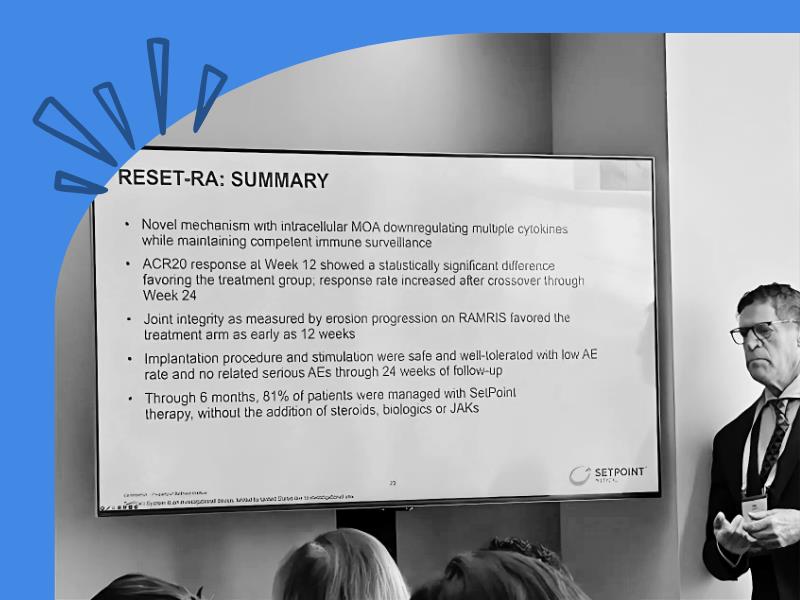Glossary of Health Insurance Terms
Not understanding health insurance language can create an additional barrier of access to the treatment you need. Here is a list of common terms we think you should know.
Common Health Insurance Terms
Benefit: This refers to medical services covered by your health plan. This word is also used to describe your health plan in general. It can also mean payment received under a plan.
Closed Benefit: A formulary is a list of prescription drugs the health plan covers. If the plan has a closed formulary, it only covers drugs that are on that list. It will not cover any part of the cost of non-formulary drugs. However, in some instances, a plan may be willing to make an exception. To get one, you need to contact the plan and tell them why the drug is needed.
Coinsurance: This is the percentage of health care expenses you pay after your deductible. Your health plan pays the rest up to any benefit or lifetime maximum.
Copay: This is the dollar amount you pay for health care expenses. In most plans, you pay this after you meet your deductible limit. For example, you pay a set dollar amount to your doctor for an office visit. So, if your copay is $25, you pay that amount when you go to your doctor. In prescription drug plans, it is the amount you pay for covered drugs
Drug Coverage (also covered benefits or covered expenses): These are services or supplies your health plan covers. They are eligible to be paid by your plan.
Coverage (also covered benefits or covered expenses): These are services or supplies your health plan covers. They are eligible to be paid by your plan.
Drug Tiers: These are groups of different drugs. Usually, the plans group the drugs by price. Each group or tier requires a different copay. You might see the groups listed as generic, brand-name, or preferred brand-name drugs. Generic drugs often have lower copays. Brand-name drugs have higher copays.
Explanation of Benefits (EOB): This is a statement a health plan sends to a health plan member. It shows charges, payments and any balances owed. It may be sent by mail or e-mail.
Formulary: This is a list of prescription drugs the health plan covers. It can include drugs that are brand name and generic. Drugs on this list may cost less than drugs not on the list. How much a plan covers may vary from drug to drug. An open formulary provides a greater choice of covered drugs. It is also called a “preferred drug list.”
Formulary Exclusion List: This is a list of prescription drugs not covered by a health plan. It applies to closed formulary plans. If a member needs a drug on this list, the doctor must ask the plan to cover it as an exception. The plan will only do so if use is medically necessary.
Medically Necessary: Also known as “Necessary.” Health plans usually pay only for care that is “necessary.” They decide this by using medical standards or research that states what care is most effective. Care can mean health services or supplies. This also is called “medically necessary,” “medically necessary services” or “medical necessity.”
Open Formulary: Some prescription benefits plans cover all eligible prescription drugs. This means they have an “open formulary.” In these plans, people might have lower copays for drugs on the preferred drug list. They might have higher copays for drugs that are not on this list.
Out-of-pocket Costs: These are medical costs that a member must pay. Copays and deductibles are examples.
Preferred Drug List: Also known as “Formulary.” This is a list of prescription drugs the health plan covers. It can include drugs that are brand name and generic. Drugs on this list may cost less than drugs not on the list. How much a plan covers may vary from drug to drug. An open formulary provides a greater choice of covered drugs. It is also called a “preferred drug list.”
Reimbursement: This is money you get back from your health plan for covered costs you paid to your doctor.
Specialty Medication: Specialty drugs are prescription medications that require special handling, administration or monitoring. These drugs are used to treat complex, chronic and often costly conditions, such as multiple sclerosis, rheumatoid arthritis, hepatitis C, and hemophilia.





